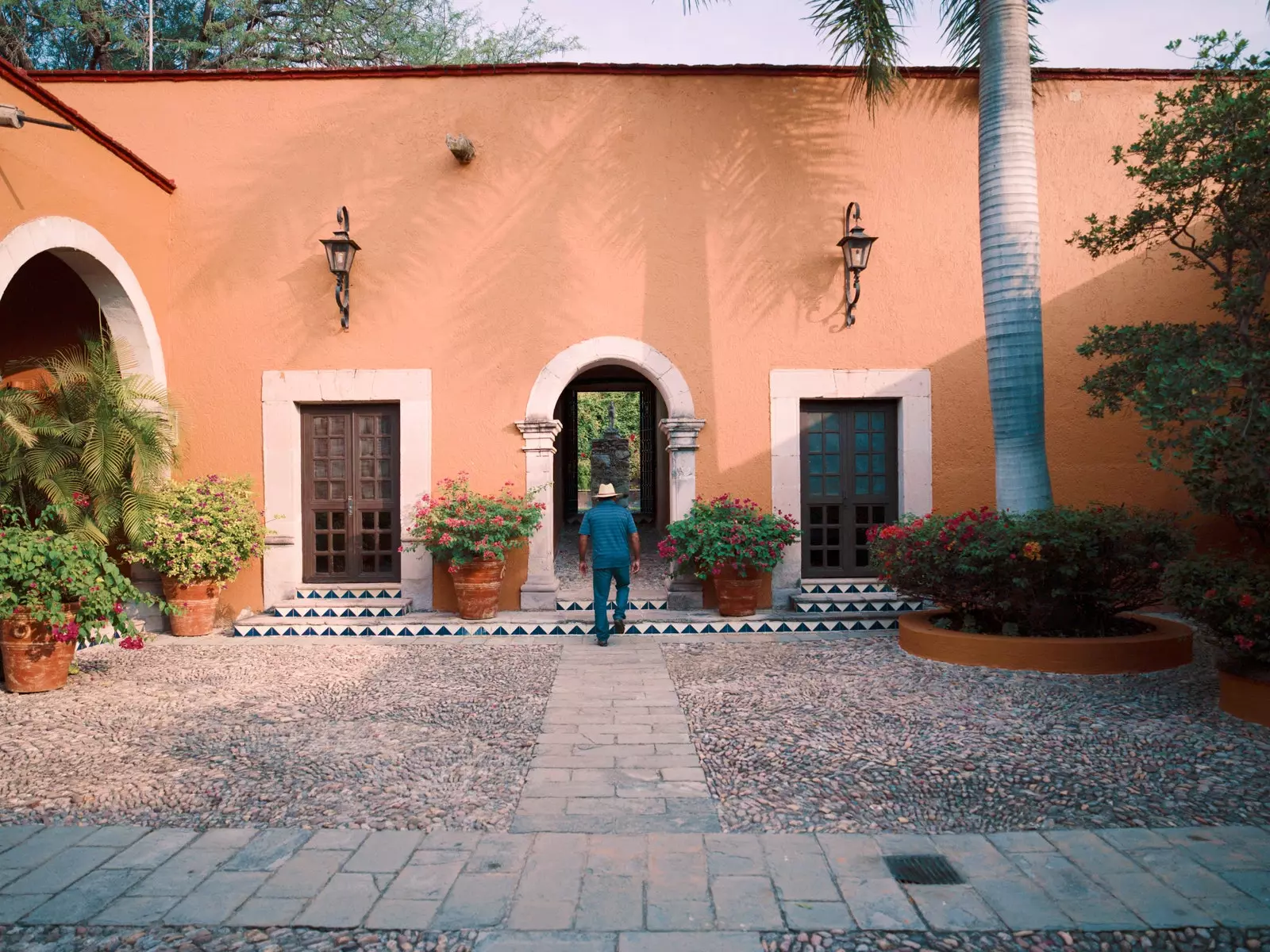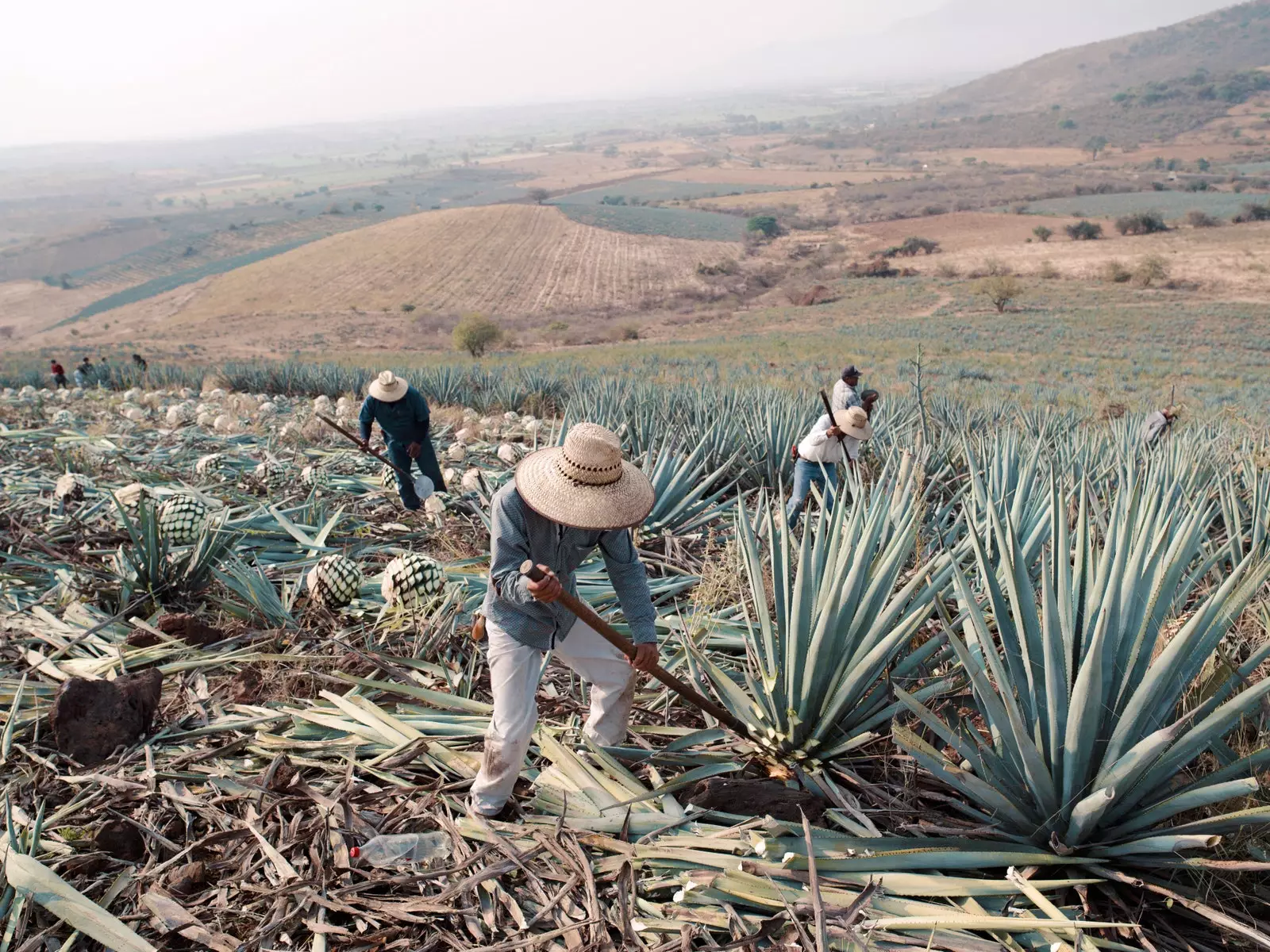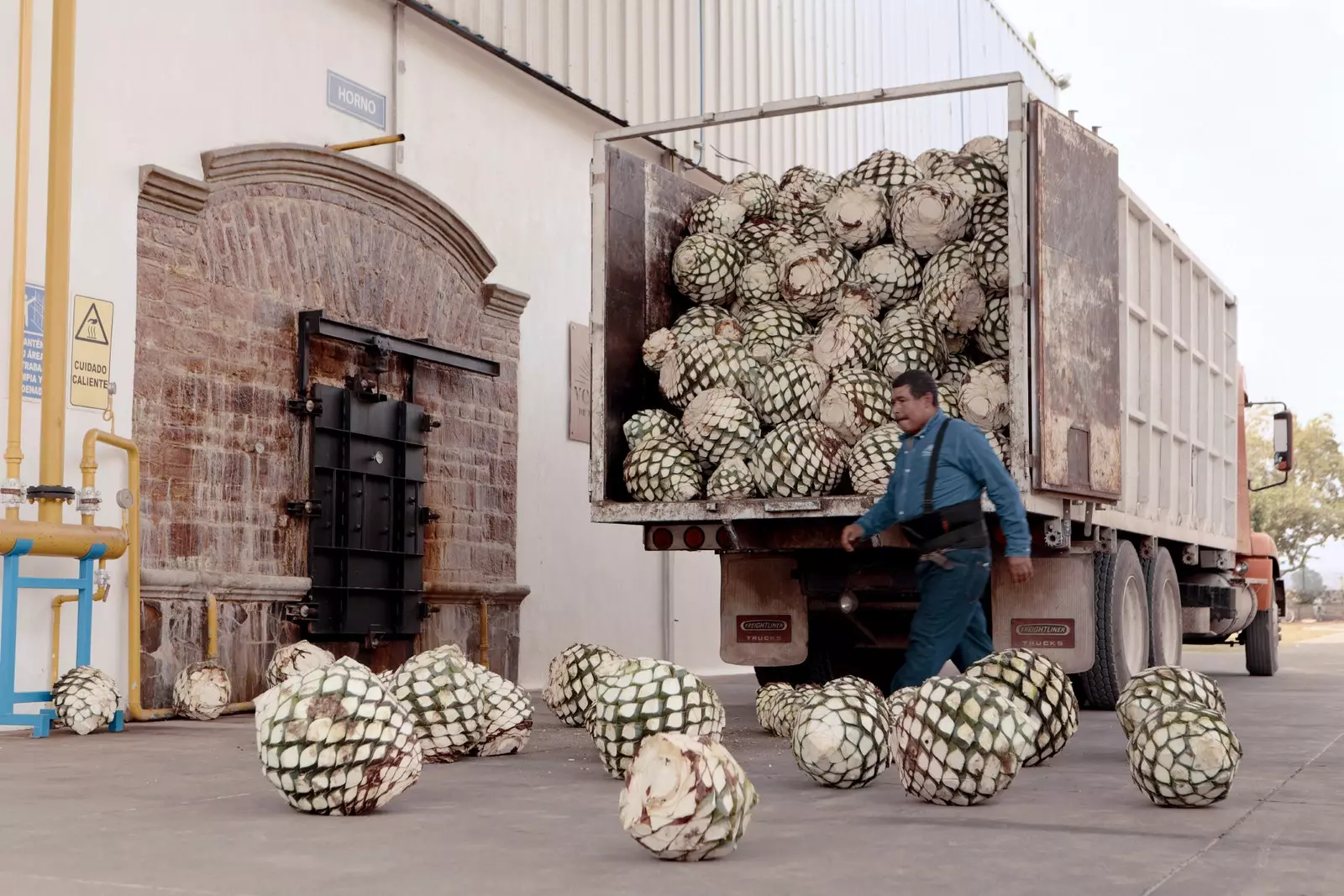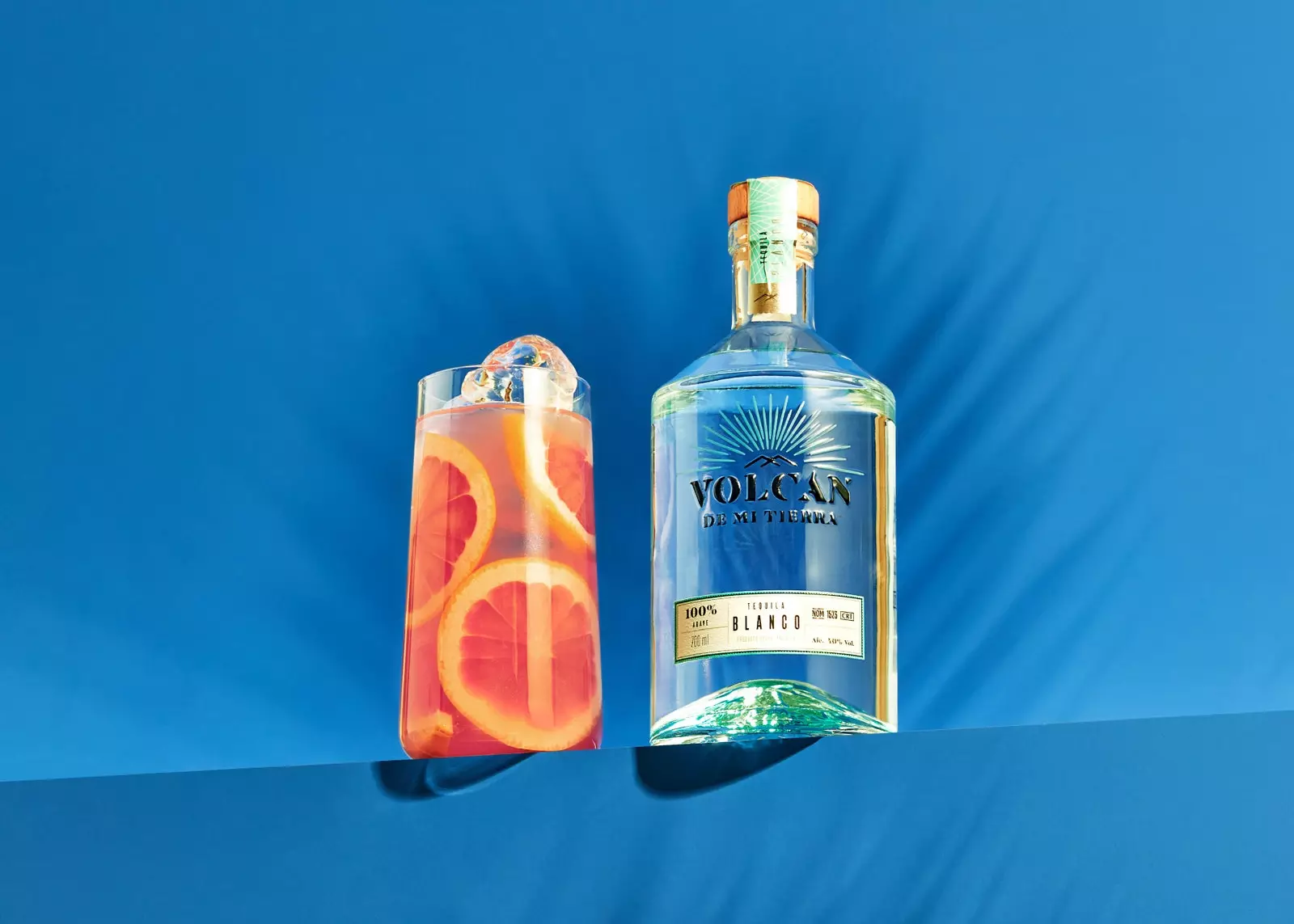George Clooney, Mikel Jordan, Kendall Jenner... Tequila has become the favorite commodity of Hollywood stars, athletes and trash fauna. With notable exceptions, the popularization of this spirit of Mexican origin has gone hand in hand with its trivialization: it is more profitable to associate with a familiar face to popularize the brand through social networks than to invest in the value chain necessary to elaborate a distillate with a vocation for greatness.
Despite the hyperabundance of tags, it is not easy to find in the category drinks capable of satisfying the most enlightened palates. Third-rate distillations and chemical additives head the perverse list of great successes perpetrated by the bottlers who have turned tequila into a barely drinkable concoction with the help of the odious polygonal combo of salt and lemon. This is one of the reasons that explain the success of the gastronomic 'hysterism' of mezcal, probably because they don't know that tequila is a type of mezcal that is made only with a variety of maguey, blue tequilana Webber. And yes, there are also mezcal chungos.
That's why it's good news arrival in Spain of Volcano of my Earth, the result of the collaboration of the Gallardo family and LVMH since 2017 to produce tequilas without additives and without shortcuts.

Gallardo family farm.
TEQUILA VOLCANO
We live in times of storytelling or, as they say now, storytelling, and tequila has it. Before tequila was distilled, it was a volcano, the Tequila volcano, a mass of lava almost 3,000 meters above sea level that dominates the landscape created by the eruption of its volcanic cone more than 200,000 years ago.
The fertile soils expelled from the interior of the earth are the perfect substrate for the development of agave plants that grow in two clearly differentiated climatic regions of the state of Jalisco: Altos and Valles.
To give you a little perspective, the protohistory of tequila begins with the arrival of the Spanish, Stills and distillation techniques inherited from the Arabs arrive on their ships. One hundred years after the arrival of Columbus, the founder of the Gallardo family saga arrives in Nueva Galicia, one of the territorial entities in which the viceroyalty of New Spain was articulated.

Jimadores in an agave plantation.
For not dwelling too much on the long march of this distillate, the Denomination of Origin Tequila was born in 1974 to protect its production in five states of the Mexican Republic: Jalisco, Michoacán, Tamaulipas, Nayarit and Guanajuato. Only in them is the plantation of blue tequilana Weber allowed, the only variety allowed in the production of tequilas and one of the main differences with mezcal, historically made from wild, non-domesticated varieties, with notable exceptions such as those produced from sprats.
four hundred years after the arrival of the first member of the clan in the Americas, a happy coincidence brings together at a table in a small Parisian bistro the Gallardo family and the top strategic managers of the multinational LVMH, an acronym under whose umbrella, in addition to haute couture, there is room icons such as Dom Perignon, Krug or Château d'Yquem.
From that informal meal comes the idea of jointly producing a tequila with the highest quality standards. The first bottles of this alliance hit the market in 2017, Along the way, they have been refining processes and labels to consolidate themselves as one of the most appreciated brands by connoisseurs.

Oven at the Volcán de mi Tierra distillery.
THE PROCESS
The manufacturing process begins with the harvesting of the maguey in the plantations of the two climatic zones used for the production of Volcán de mi Tierra, Altos y Valles tequilas, with clearly different characteristics. In Valles, the mineral, herbaceous and spicy aromas stand out; in Altos it is the fruity notes that take the lead.
After harvesting, which actually consists of completely uprooting the plant from the ground, the 'jimadores' jiman (cut) the leaves to leave the pineapple naked.
The next step is the baked in masonry ovens, that provide smoky tones, or autoclave the pineapples to bring out the fermentable sugars.
After cooking, the fermentation with different types of yeasts (rum, champagne, etc.) that transform sugar into alcohol.
The last step is the distillation of fermented musts by different systems, this process is performed a minimum of twice.

Paloma Cocktail with Volcán de mi Tierra Blanco.
THE THREE STYLES
There are three styles of tequila that the Volcán de mi Tierra bottles: Blanco, Reposado and Cristalino. The first two are protected and recognized by the Denomination of Origin, although they are different: the whites are bottled after distillation, unlike the rested ones, which age in oak wood, they are not subject to a barrel maturation process.
The unofficial category of crystal clear tequilas is relatively recent and consists of filtering the spirit with activated carbon, a process in which it loses some of its aromatic and savory attributes, turning it into a softer and more accessible drink, perfect for the uninitiated.
our favorite is white, as it reflects in all its splendor the purity and identity of the agave. Lovers of barrel-aged distillates (cognac, whiskey, etc.) can find certain aromatic similarities with reposados in those wood tones common to all of them.
Keep in mind that there is a Volcán tequila for every moment.
